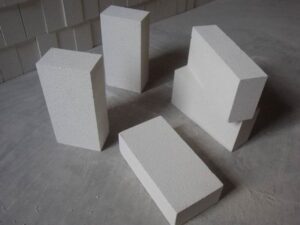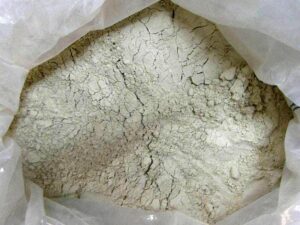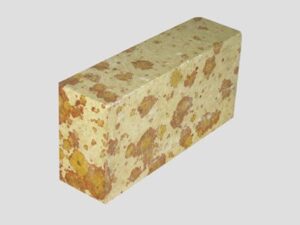Description
Pitch Impregnated Carbon Bricks: The Unsung Heroes of High-Temperature Industries
In the demanding world of high-temperature industries, materials face relentless assault from extreme heat, corrosive chemicals, and abrasive forces. Amidst this challenging landscape, pitch impregnated carbon bricks stand as unsung heroes, quietly enabling processes vital to our modern world. These seemingly simple bricks are, in fact, sophisticated composites engineered to withstand the harshest conditions and deliver exceptional performance.
What are Pitch Impregnated Carbon Bricks?
At their core, these bricks are composed of carbonaceous aggregates, typically coke or graphite, bonded together with a pitch binder. The “pitch impregnation” refers to a crucial step in the manufacturing process where the formed brick is soaked in liquid pitch under pressure and vacuum. This allows the pitch to deeply penetrate the porous structure, filling voids and crevices within the carbon skeleton. The infiltrated pitch is then carbonized through a carefully controlled heating process, resulting in a denser, stronger, and more chemically resistant material.
Why the Impregnation Matters:
The impregnation process is what elevates these bricks from basic carbon blocks to high-performance materials. Here’s why it’s so crucial:
- Increased Density and Strength: Filling the pores with carbonized pitch dramatically increases the brick’s density, leading to enhanced compressive strength and resistance to mechanical stress.
- Improved Chemical Resistance: The impregnation process reduces the interconnected porosity, making the brick less permeable to gases and corrosive liquids. This makes them remarkably resistant to attack from acids, alkalis, and molten metals.
- Enhanced Thermal Conductivity: While carbon is naturally a good thermal conductor, the impregnation process optimizes the material’s micro-structure, further improving its ability to transfer heat efficiently.
- Reduced Permeability: Reduced permeability prevents the penetration of harmful substances into the brick’s interior, extending its lifespan and preventing catastrophic failures.
Applications in High-Temperature Industries:
Pitch impregnated carbon bricks find critical applications in a wide range of industries requiring high-temperature containment and corrosion resistance, including:
- Metallurgical Industry: They are widely used in blast furnaces, iron ore reduction furnaces, and electrolytic cells for aluminum production, providing essential lining protection against molten metals and aggressive slag.
- Chemical Processing: In the chemical industry, these bricks line reactors, vessels, and distillation columns handling corrosive acids, alkalis, and organic solvents at elevated temperatures.
- Electrochemical Processes: They serve as electrodes and linings in electrochemical cells used for various industrial processes, including chlorine production and metal refining.
- Waste Incineration: In waste-to-energy plants, pitch impregnated carbon bricks line incinerators, providing resistance to the high temperatures and corrosive gases generated during combustion.
The Future of Pitch Impregnated Carbon Bricks:
The demand for high-performance materials in severe environments will continue to drive innovation in the field of pitch impregnated carbon bricks. Research is focused on:
- Developing Advanced Carbon Aggregates: Exploring the use of novel carbon-based materials with tailored properties to further enhance brick performance.
- Optimizing Impregnation Techniques: Improving the impregnation process to achieve even greater density and uniformity.
- Developing Environmentally Friendly Binders: Investigating alternative binders that are less harmful to the environment than traditional pitch.
Conclusion:
While often overlooked, pitch impregnated carbon bricks play a vital role in enabling critical industrial processes across a variety of sectors. Their unique combination of high-temperature resistance, chemical inertness, and mechanical strength makes them indispensable for applications where ordinary materials would quickly fail. As industries continue to push the boundaries of high-temperature processing, these unsung heroes will undoubtedly remain at the forefront, providing the reliable and robust solutions needed to meet those challenges. They are a testament to the power of material science and the importance of engineering solutions that are both innovative and enduring.



















Reviews
There are no reviews yet.